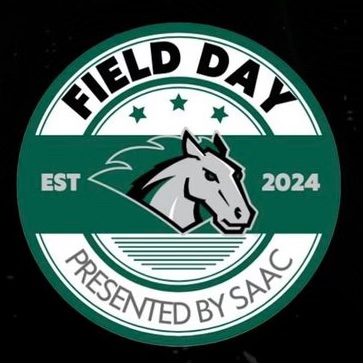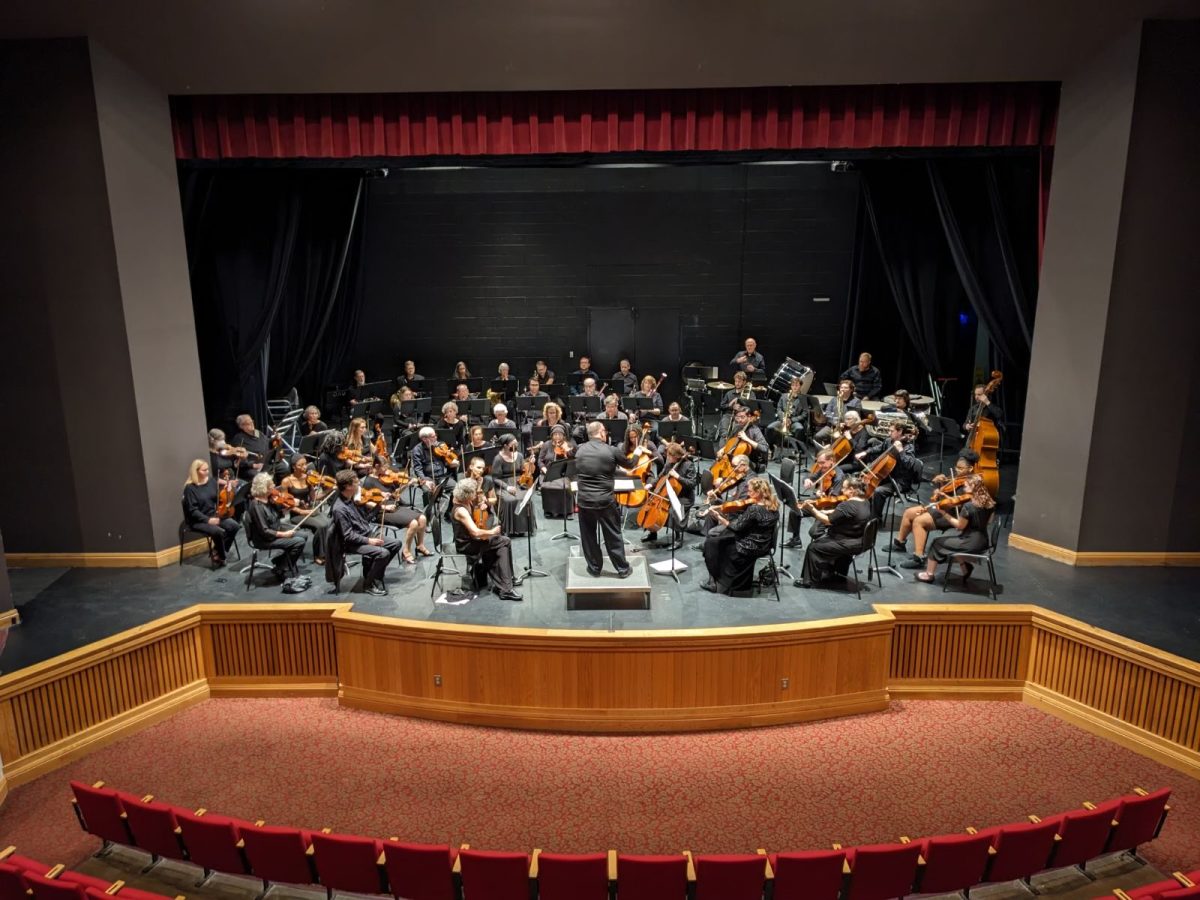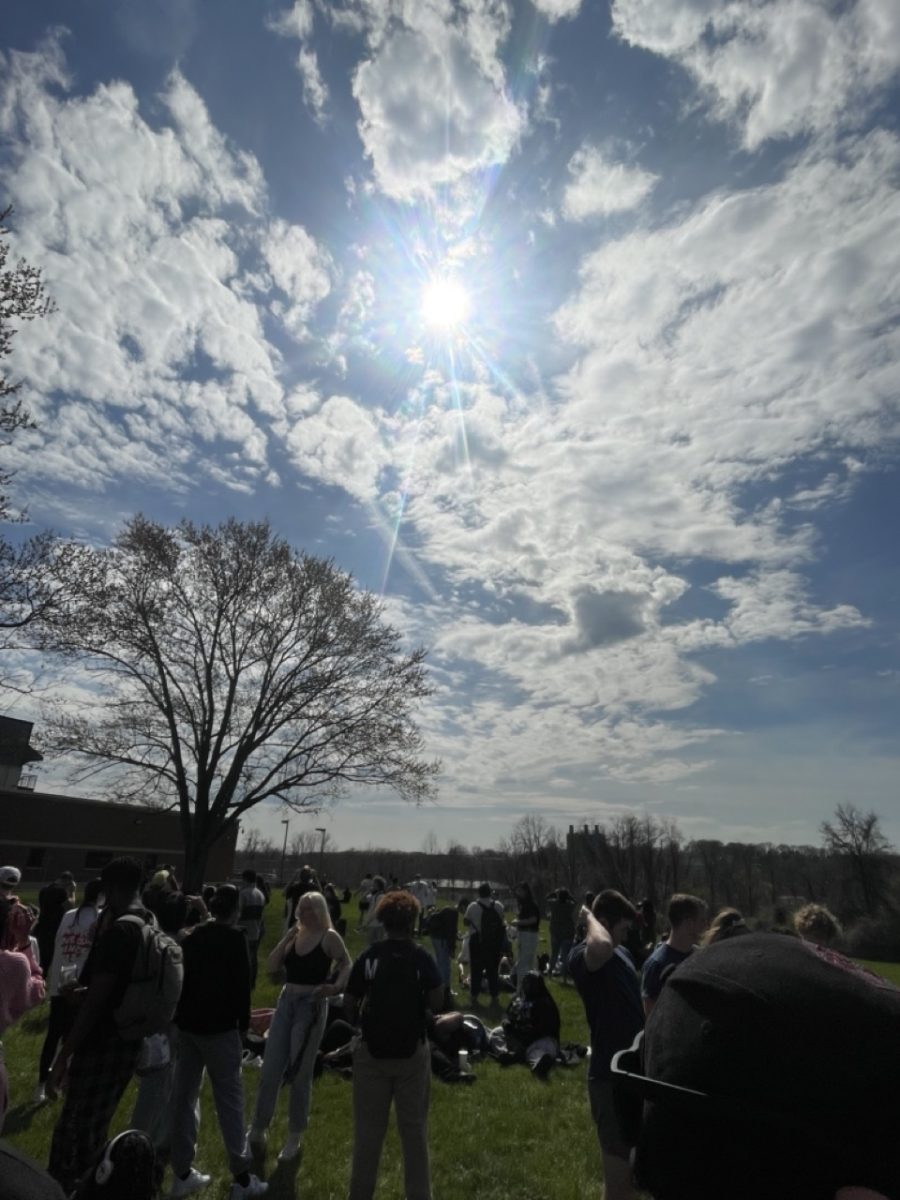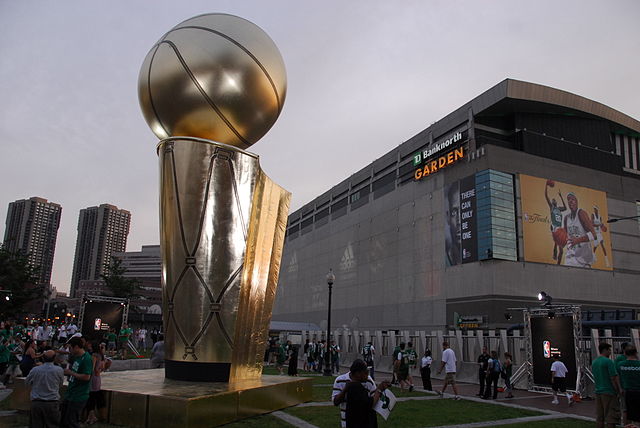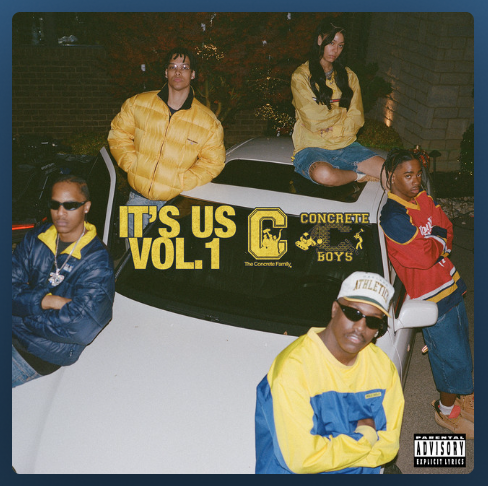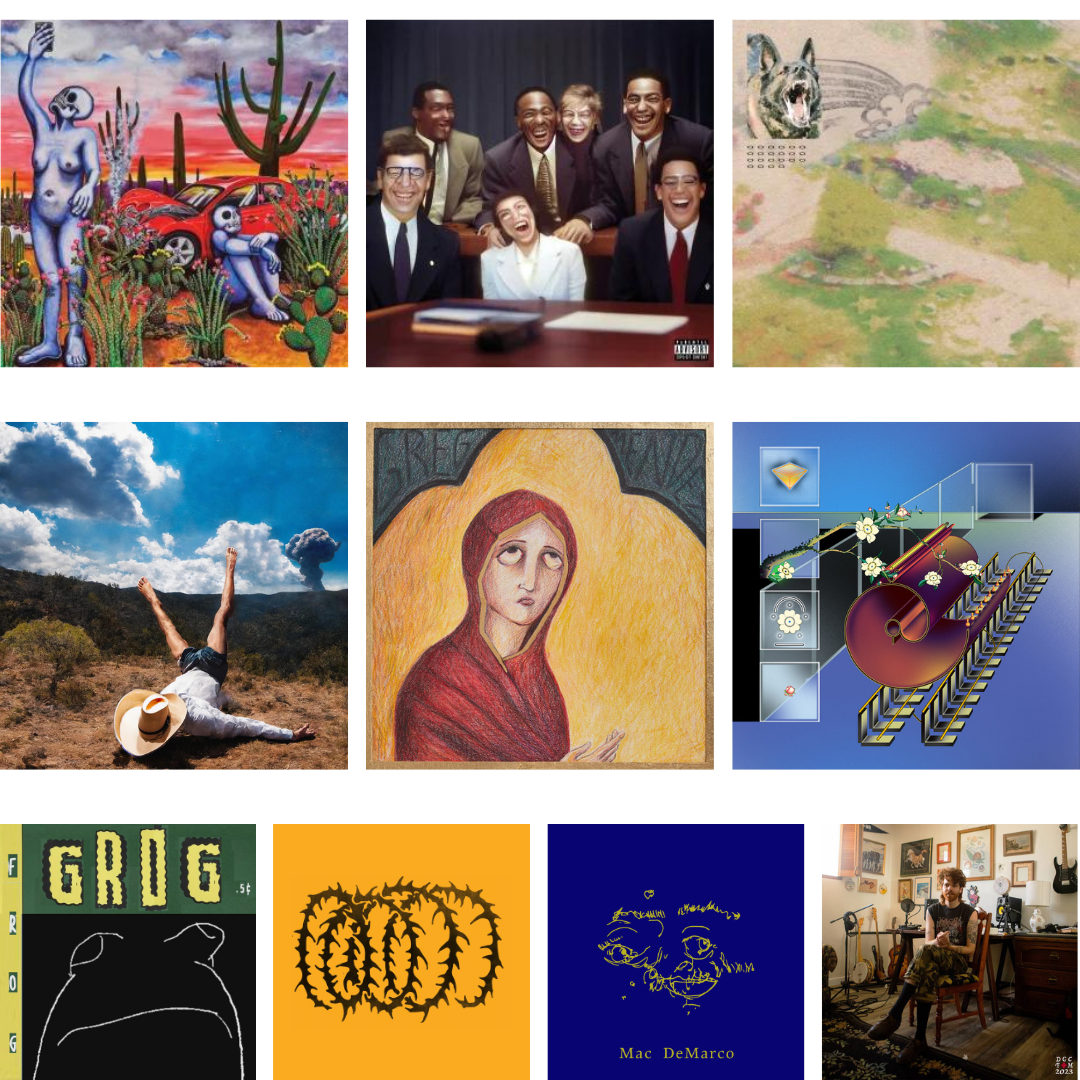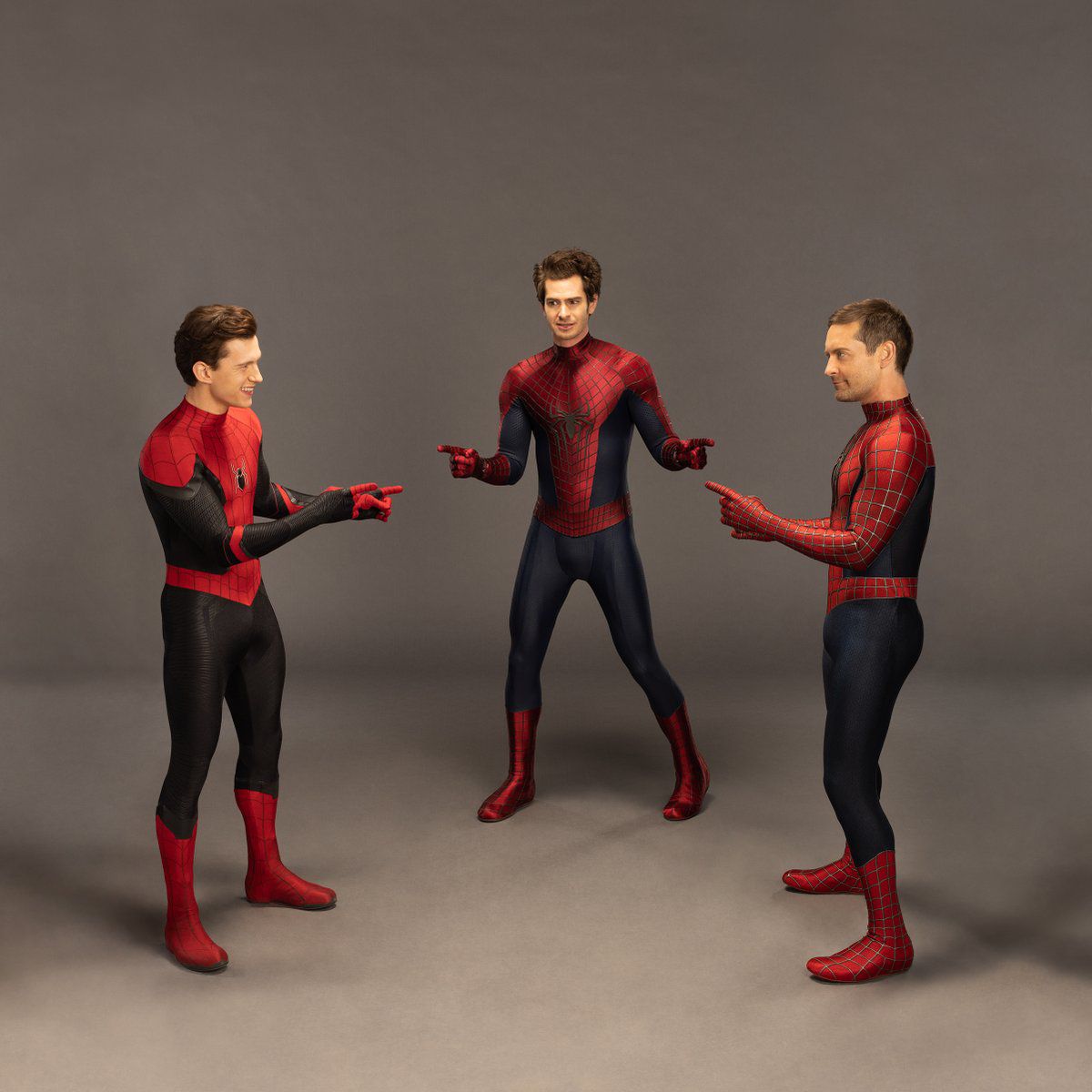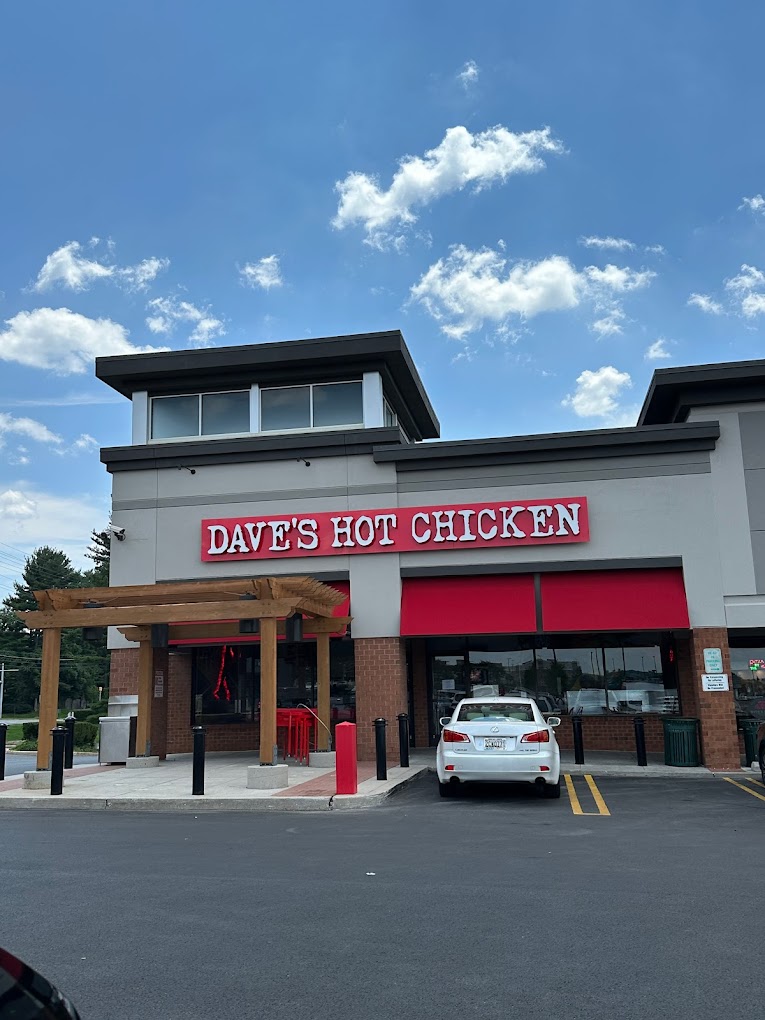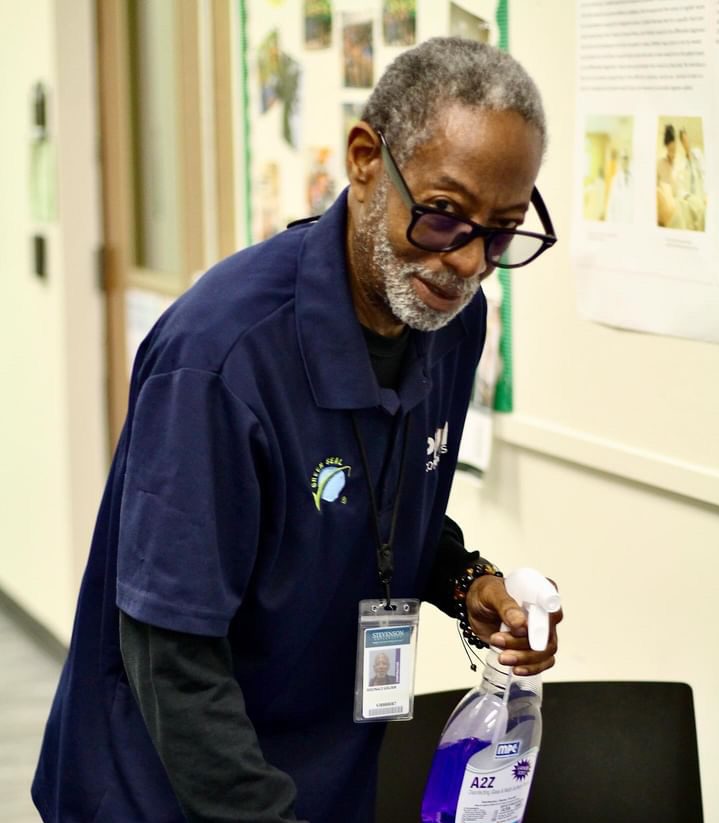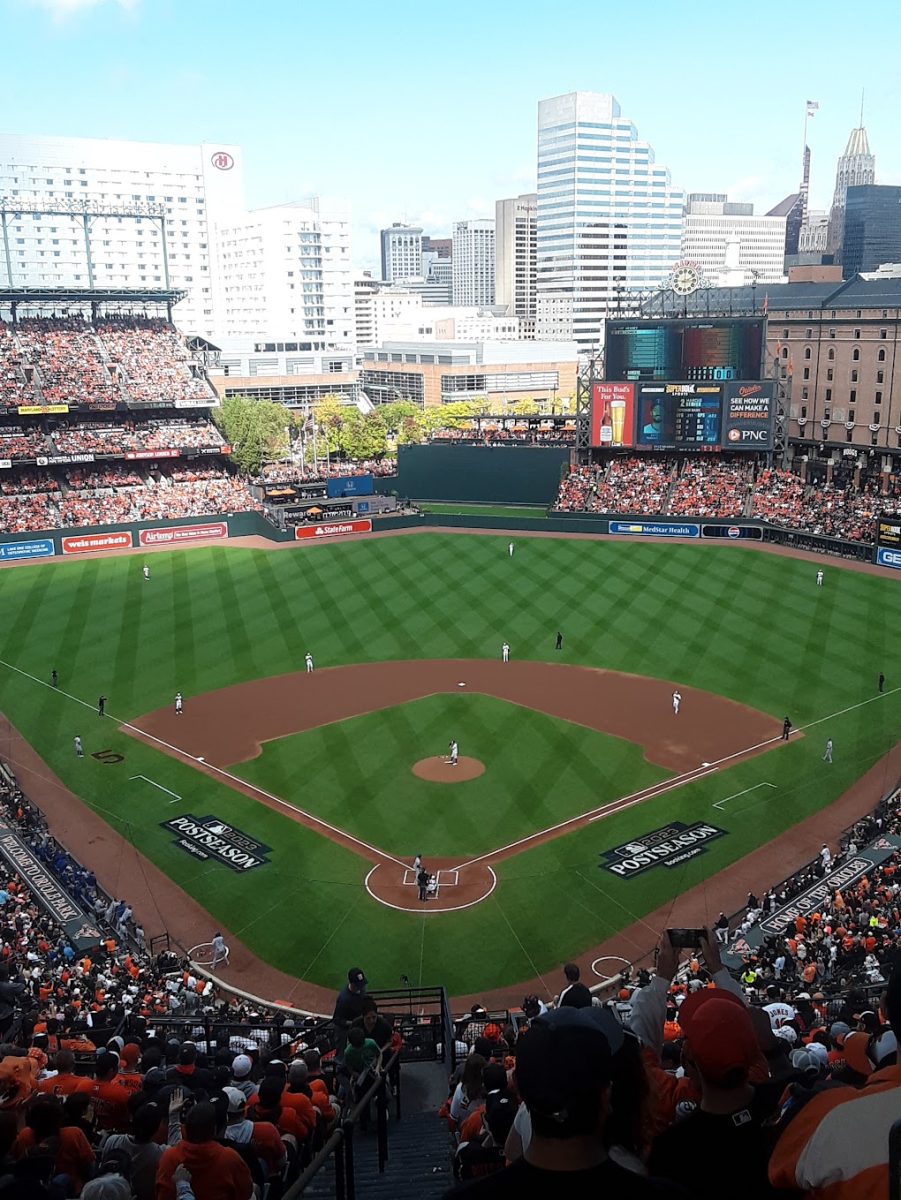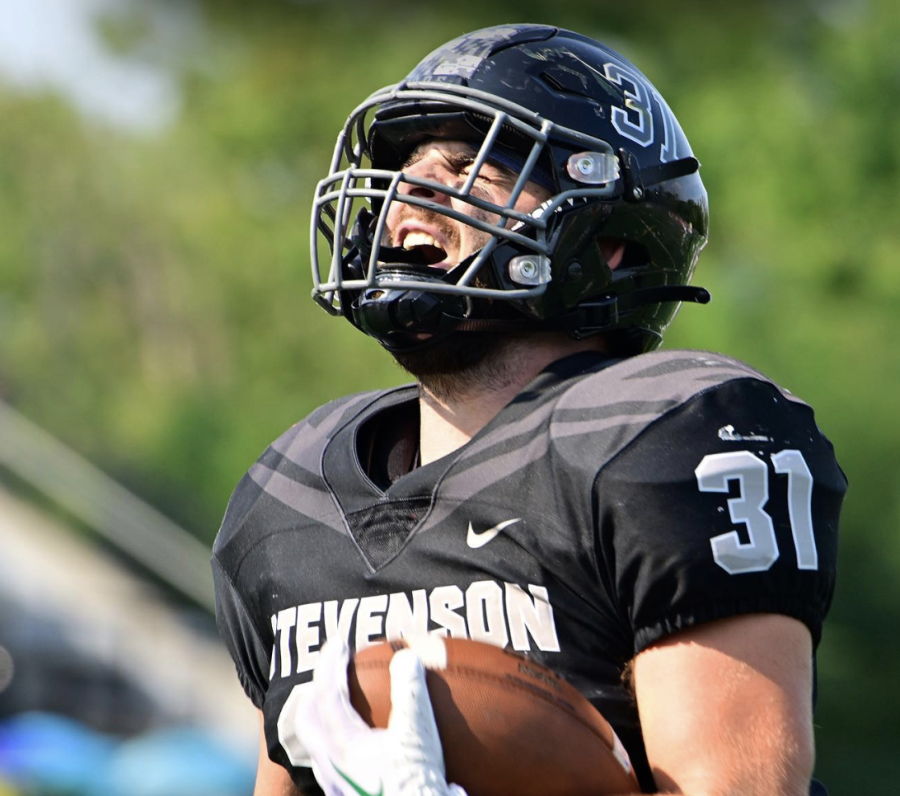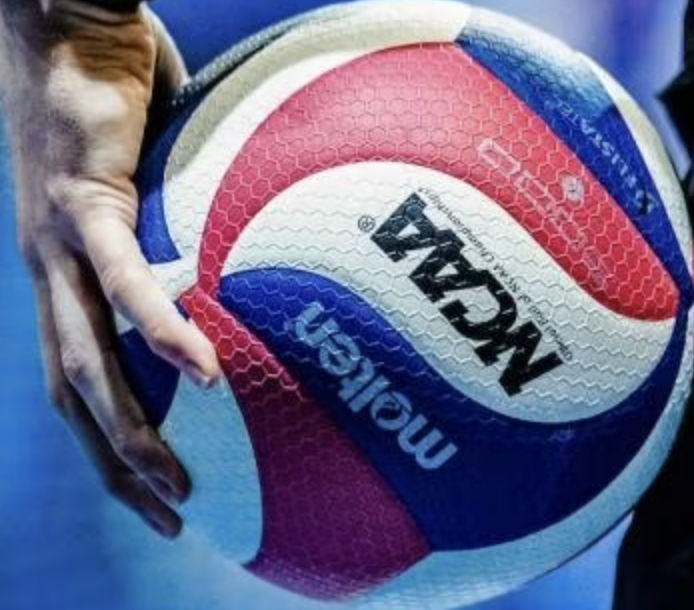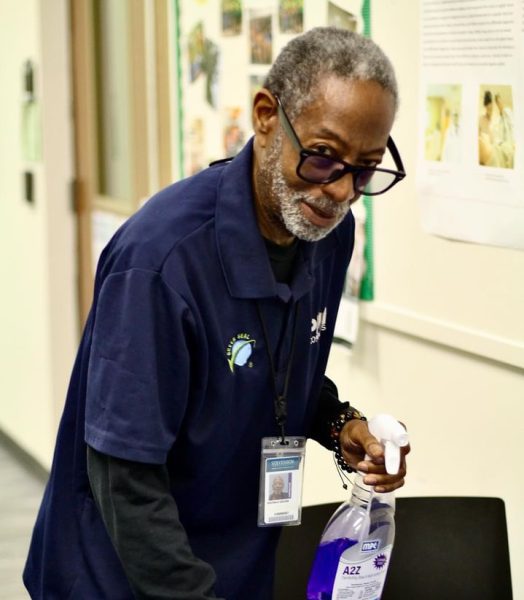Lawn Jockeys mark unknown black history
Black History month seeks to recall important people and events and celebrate achievements of African-Americans. Students learn of notable moments that will continue to be told, such as the famous “I Have a Dream” speech by activist Martin Luther King Jr. or the bravery of Rosa Parks. Nonetheless, there are many events that have historic significance in African-American culture but that are not predominately known within the public. The history of the lawn jockey happens to be one of them.
Many may not know or recognize the lawn jockey because these statues are not as prevalent today as they were in the past, but most historians consider them to be symbols of freedom. These small statues, dressed like a slave, held a lantern in their right hand and had dark faces. At first glance, the lawn jockey may seem like a symbol of racism during a period where slavery pervaded the United States.
However, little do many know, these lawn decorations were essential to escaping slaves. The statue would help guide them to the Underground Railroad, which ultimately led to freedom. According to Fredrick Kunkle, a reporter for the Washington Post, the jockey pointed to safe houses, in a private and secretive manner, along the route of the Underground Railroad. Green ribbons tied to the arms of the statue indicated safety; red ribbons meant to keep going. This was risky business, and the lives of the runaway slaves and individuals who provided a place for them to stay were in jeopardy.
There is no definite consensus on the statue’s origin, and various stories passed over the years seek to explain how it got its title, but according to Earl Koger Sr., an African-American publisher from Baltimore, the jockey’s inspiration was a young black man named Jocko Graves. One theory, based on the origin of the jockey statue, was that Graves wanted to fight in battle alongside George Washington, but Washington declared he was too young and asked the boy to hold a lantern for the troops as they crossed Delaware into battle. Graves ended up dying in the freezing weather, and Washington, who admired the boy’s courage, ordered a statue made in his honor.
If you ever come across a lawn jockey, take a moment to appreciate its long history and its place in African-American culture. In this, you will be able to understand the path that was taken to bring slaves towards to freedom.
Your donation will support the student journalists of Stevenson University. Your contribution will allow us to purchase equipment and cover our annual website hosting costs.

